Whether you’re making your first estate plan or need to update an existing one, it helps to speak the language. While most people are familiar with common terms like “trust” or “will,” the meanings of other estate planning terms may feel less clear. Keep this glossary of key terms handy to help you navigate the […]
Fairfield
- 165 Passaic Avenue, Suite 411, Fairfield, NJ 07004
- Monday-Friday 9am - 5:30pm
- 973-439-7200
- 331 Newman Springs Road, Suite 145 Red Bank, NJ 07701
- Monday-Friday 9am - 5:30pm
- 732-933-9300
- 14155 U.S. Highway One, Suite 200 Juno Beach, FL 33408
- Monday-Friday 9am - 5:30pm
- 561-747-1040
- 900 Highway 71, Suite 4, Spring Lake Heights, NJ 07762
- Monday-Friday 9am - 5:30pm
- 732- 974-2200

